The life story of Patrick Hardison from Mississippi is nothing less than a mind-blowing one. This man is the first American who has received a face transplant back in 2015 after his face and neck were left completely disfigured during a house fire.
Patrick’s life was a great one up until the day the tragedy struck in 2001.
He worked as a volunteer firefighter earlier in his life, so when he got called to help with a house fire, he didn’t hesitate. Sadly, once he entered the burning place, it collapsed on top of him and trapped him. He couldn’t move and his torso and face were severely burnt.
“[My mask] was melting to my face,” Patrick recalled. “My hose [was] already melted.”
“For somebody who does what we do for a living, I’ve never seen anybody burned that bad that was still alive,” friend and first responder Jimmy Neal told CBS News of seeing Patrick after the accident.

Patrick suffered third degree burns on his face and scalp. He also sustained burns to his head, neck, and upper torso. The fire also claimed his ears, lips, most of his nose, and even most of his eyelid tissue.
“I didn’t actually see myself until probably November. I got injured in September,” Patrick told Fox News. “They had cut a little pinhole in one of my eyelids because they had everything covered, skin graft. I looked in the mirror and all I could do, I said, ‘this is it? I can’t do this,’” he recalled.
Over the years, this man was forced to undergo over 70 surgeries, as well as other procedures. He couldn’t close his eyes and doctors were able to put together flaps of skin to protect his vision, but he was still facing the risk of going blind.

Patrick couldn’t eat without feeling excruciating pain. He just couldn’t get used to this life because he couldn’t look at himself in the mirror. Wherever he went, everyone starred at him, and he could barely stand being around people, even his children.
In order to hide and protect himself, Patrick wore sunglasses and a baseball cap all the time. He also had ear prosthetic.
“I had kids. It was just a tough time. I never got a day off from the injury. When you walk out in public, it was daily. And, you know, it’s just so — there’s no way to explain everything,” he told Yahoo! Sports.
“You go to the ball field, you have to prepare yourself for the kid that goes running off screaming.”
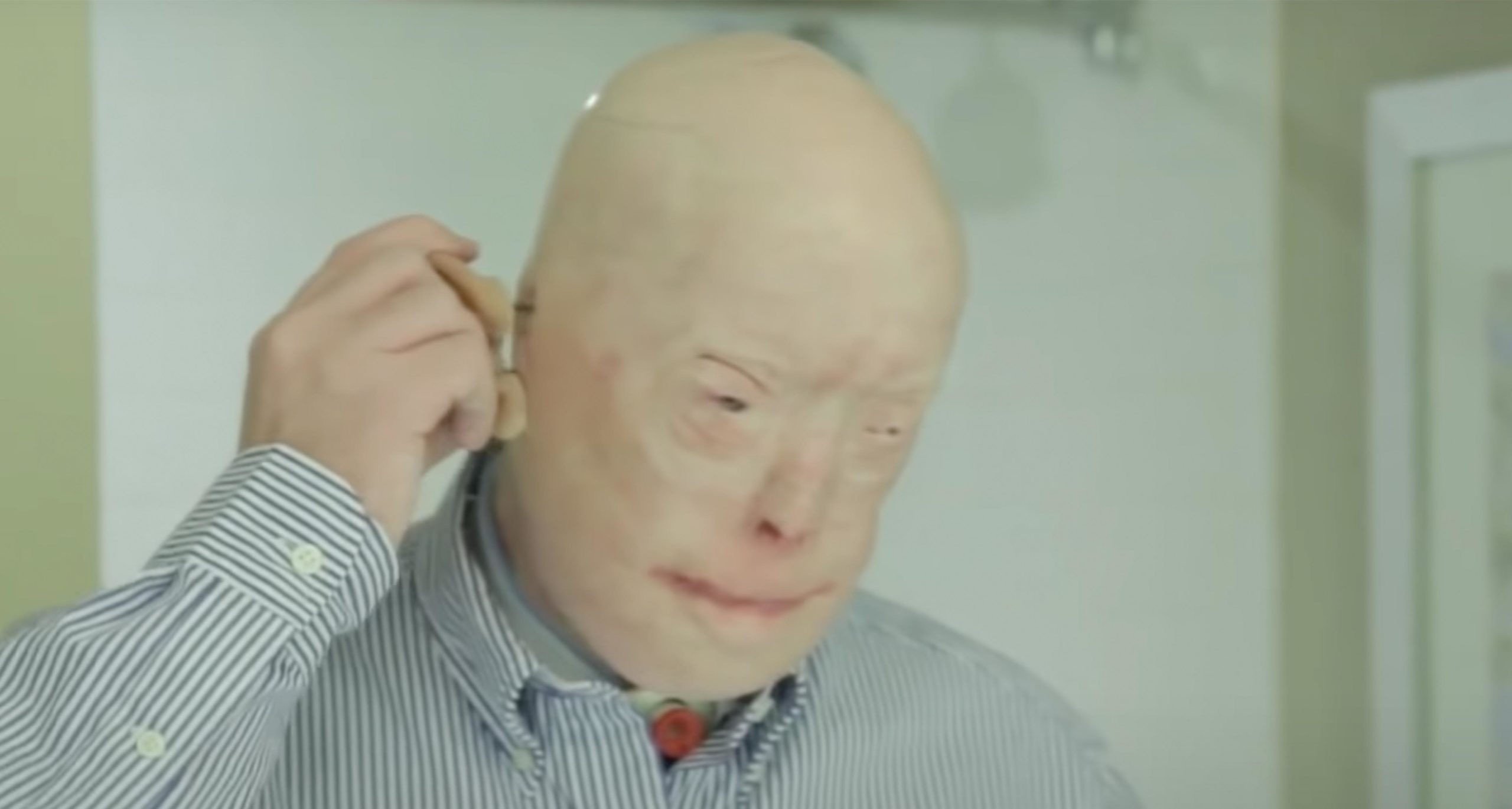
Years went by and Patrick lost hope of ever having a normal life. But then, French woman named Isabelle Dinoire received a partial face transplant after her face was severely disfigured by her pet dog. This procedure was revolutionary. It was the first ever of that kind. Surely, it gave a glimpse of hope to Patrick who at that point was truly struggling.
Patrick met doctor Eduardo D. Rodriguez from the NYU Langone Medical Center in New York who told him he would do the transplant surgery if they find a matching donor. It wasn’t easy, but one day, out of the blue, a donor appeared. LiveOnNY, a nonprofit that coordinates organ donations in the New York area, had found a match. The face Patrick was about to get belonged to 26-year-old David Rodebaugh who had sustained a massive head injury in a bike accident and had been declared brain dead.

This young man’s mother, Nancy Millar, decided to donate her son’s organs, including his face. “I said, ‘You better save his face. He has the face of a porcelain doll.’ And he’s a donor — we had talked about it,” Millar told People.
The thought of someone receiving her son’s face meant that David would continue to live on through the people whose lives he was about to save, including Patrick’s.
“When I met Patrick, I saw this strength, this strong, manly, burly kind of energy in him — that David had,” Nancy recalled.
“David wanted to be a firefighter, an I knew if this guy was a firefighter — he was willing to walk into a fire to save people and risk his own life — then he had the strength that David had.”

Finally, the day of the transplant surgery had arrived. The procedure lasted for 26 long hours and was performed by a team of 100 professionals.
The risk was enormous and Patrick was given a 50/50 percent chance of survival. Luckily, it was a huge success. Patrick received a new face, scalp, ears, and ear canals. He also received eyelids which allowed him to blink naturally and save his vision.
“Everything in life has a risk,” Patrick told Time Magazine.
“When it’s your time to go, you’ll go—whether you’re walking down the street and get hit by a car or you’re lying on the operating table.”
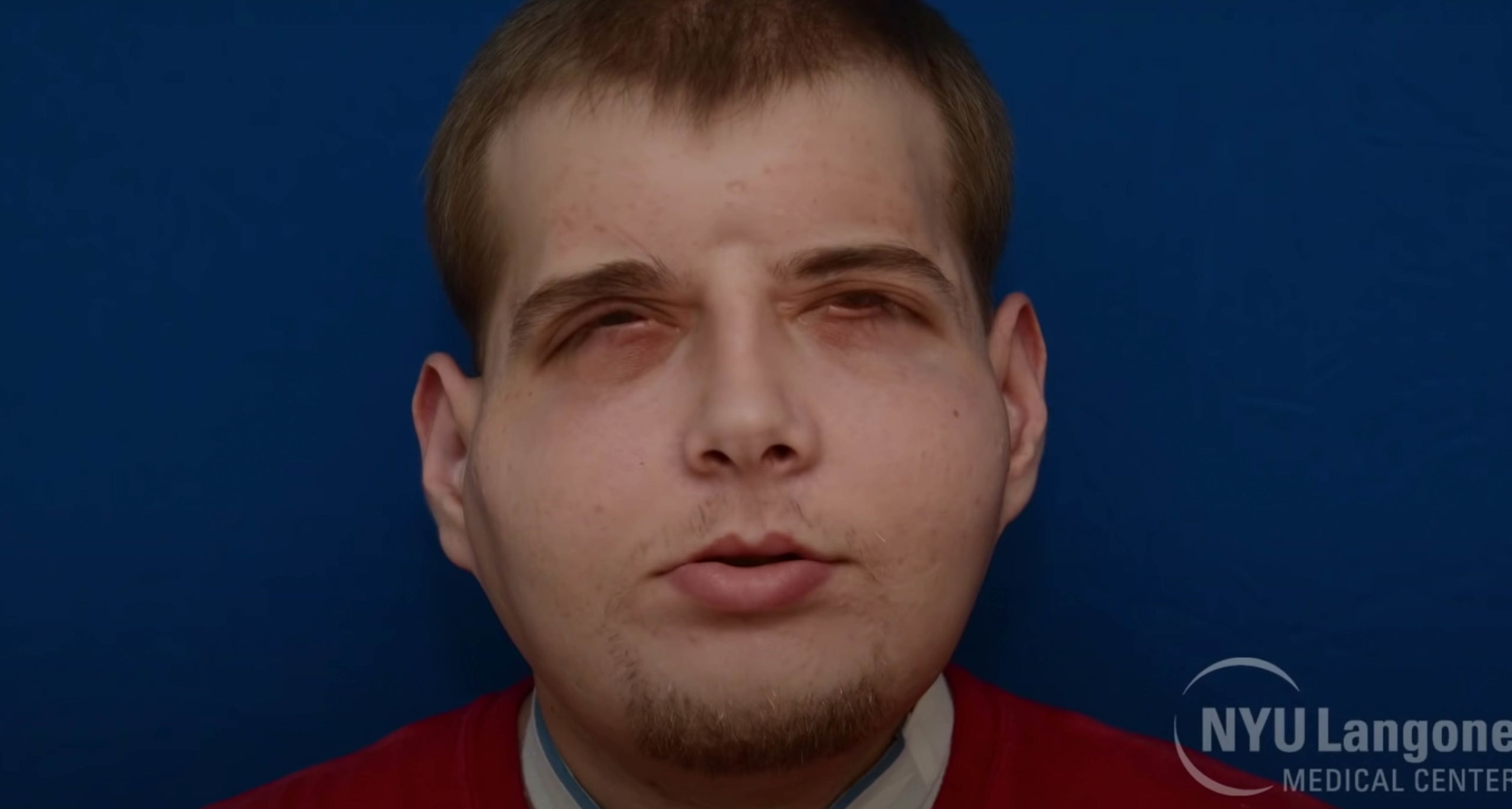
After he recovered from the swelling and he learned how to talk and swallow again, Patrick met his donor’s mother. Nancy only had one request, to kiss Patrick on the forehead.
“I said, ‘Can I kiss your forehead?’” Nancy said. “That’s the one thing I wanted to do because every night before David went to bed when he was little, I kissed his forehead.”
“I’ve been waiting a year to meet her. I’m just very grateful,” Patrick added. “Without her, it wouldn’t have been possible. It’s like she’s family. We connected that easily.”
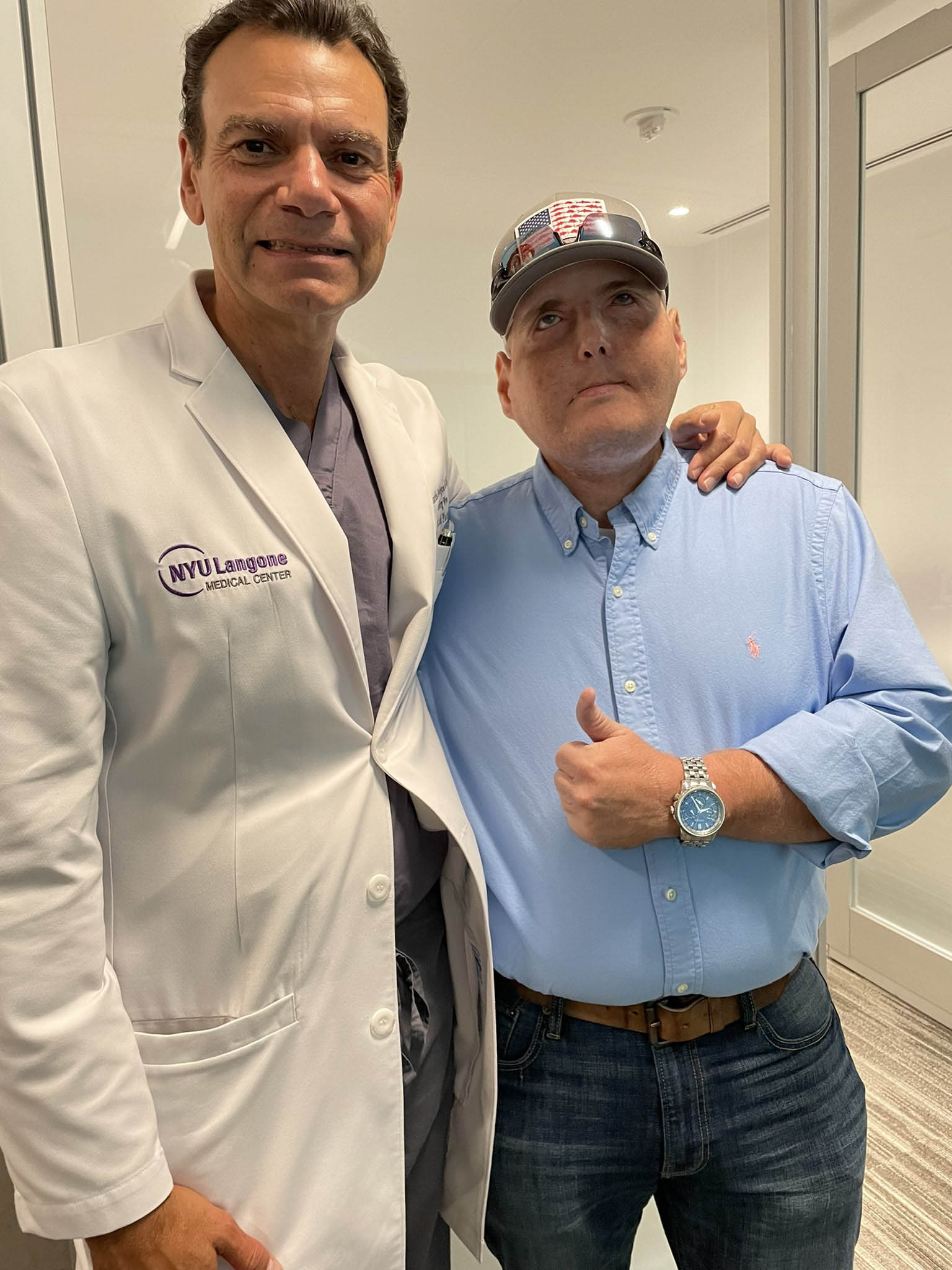
Ever since the surgery, Patrick is taking anti-rejection drugs that prevent his immune system from rejecting the face, but he’s thriving. He didn’t only receive a new face but a new life too.
Today, he is divorced and is working on a book which he hopes would serve as an inspiration to anyone who believes there is no way out from the situation they have found themselves in. “Because I want to show the world that you can have hope. I wouldn’t want people that were like me years ago to think that’s it, I have to live like this. You don’t. You can accomplish anything,” Patrick says.
His survival and his recovery are dubbed miraculous. Thanks to Nancy, Dr. Rodriguez and his team, and Patrick’s strong will, today, he is a happy man.
The Surprising Benefits of Combining Eggs and Coffee: A Nutritious and Energizing Duo
When it comes to breakfast, eggs and coffee are among the most beloved staples. While they’re often enjoyed separately, combining them creates a powerhouse of nutrition and energy. Eggs, packed with high-quality protein and essential nutrients, pair perfectly with coffee, a rich source of antioxidants and caffeine. Together, they enhance metabolism, boost mental clarity, and provide sustained energy. Let’s explore why this dynamic duo deserves a place in your morning routine.
A Natural Energy Booster

Coffee is well-known for its caffeine kick, which instantly increases alertness and focus. However, its effects can wear off quickly, leading to an energy crash. That’s where eggs come in—rich in protein and healthy fats, they provide long-lasting fuel for your body. When combined, eggs and coffee offer a balanced energy boost that keeps you active and focused throughout the day.
Rather than relying solely on caffeine for a quick pick-me-up, this combination provides sustained energy without the dreaded crash. Eggs help stabilize blood sugar levels, ensuring that you feel satisfied and energized for longer.
Supports Muscle Growth and Recovery
If you work out regularly, you know how crucial protein is for muscle recovery. Eggs are an excellent protein source, essential for repairing and strengthening muscles post-exercise. Coffee, on the other hand, enhances physical performance and endurance. Studies suggest that caffeine can improve exercise performance and recovery by reducing muscle soreness.
Video : How to Cook Eggs for Maximum Antioxidant Nutrients
This winning combo not only fuels your workouts but also speeds up muscle recovery, helping you stay on top of your fitness game. Drinking coffee alongside a protein-packed breakfast ensures that your muscles get the nutrients they need to rebuild after exercise.
Enhances Brain Function and Focus
Eggs contain choline, a nutrient vital for brain health, memory, and cognitive function. Choline helps in the production of acetylcholine, a neurotransmitter essential for communication between brain cells. Meanwhile, coffee stimulates neurotransmitters like dopamine and serotonin, which enhance mood and mental clarity.
Together, they create the perfect brain-boosting breakfast, helping you stay sharp, focused, and productive all day long. Whether you have a busy workday ahead or need a mental edge for problem-solving, this combination can be your secret weapon.
Boosts Metabolism and Aids Weight Management
Trying to maintain a healthy weight? Eggs and coffee can help! Eggs increase the thermic effect of food, which means your body burns more calories during digestion. They also keep you full longer, preventing unnecessary snacking.

Coffee’s caffeine content enhances fat burning and promotes thermogenesis—a process where the body produces heat and burns calories. This powerful pairing supports weight management while keeping you energized and satisfied throughout the morning.
For those following a low-carb or keto diet, eggs and coffee make an ideal breakfast by providing healthy fats and protein without unnecessary sugars or carbs.
Improves Mood and Reduces Stress
Eggs contain essential vitamins, including vitamin D and B-complex, which help regulate mood and reduce stress. A lack of vitamin D is linked to depression and fatigue, so adding eggs to your diet is a great way to boost your mood naturally.
Coffee further enhances mood by increasing dopamine levels, giving you that instant sense of motivation and happiness. Together, they create a natural way to lift your spirits, reduce stress, and start your day on a positive note.
Supports Heart Health
Despite past concerns, research now shows that eggs can help balance cholesterol levels, supporting heart health rather than harming it. They contain healthy fats and essential nutrients, which contribute to overall cardiovascular well-being.
Video : The Health Benefits of Eggs
Coffee’s antioxidants reduce inflammation and oxidative stress, further protecting your heart. Studies suggest that moderate coffee consumption can reduce the risk of heart disease and stroke. When enjoyed in moderation, eggs and coffee can be part of a heart-healthy diet.
A Balanced and Filling Breakfast
Eggs and coffee make for a satisfying and nutrient-rich breakfast that keeps hunger at bay. This prevents mid-morning snack cravings and promotes healthier eating habits throughout the day—perfect for those with busy schedules who need a breakfast that fuels them for hours.
The combination of protein, healthy fats, and caffeine ensures that your body receives a steady supply of energy, preventing the sluggishness that comes with high-carb breakfasts.
Creative Ways to Enjoy Eggs and Coffee Together
Looking to elevate your breakfast experience? Here are some delicious and creative ways to pair these two staples:
- Classic Combo: Enjoy your favorite coffee alongside scrambled, boiled, or poached eggs.
- Vietnamese Egg Coffee (Ca Phe Trung): A luxurious treat made with whipped egg yolk, sugar, and coffee, creating a creamy, energizing drink.
- Coffee-Infused Breakfast: Add a splash of coffee to egg-based pancakes, omelets, or breakfast bowls for a unique twist.
- Bulletproof Coffee with Eggs: Blend coffee with butter and a raw egg for an ultra-creamy, keto-friendly energy drink.

Pro Tips for Maximum Benefits
To fully enjoy the nutritional and energizing benefits of eggs and coffee, keep these pro tips in mind:
- Use High-Quality Eggs: Opt for organic or pasture-raised eggs for better nutrition and taste.
- Limit Sugar in Coffee: Enjoy black coffee or use natural sweeteners like honey or stevia for a healthier option.
- Pair with Whole Foods: Whole-grain toast, avocado, or fresh fruit complement this duo, adding extra fiber and nutrients.
- Stay Hydrated: Coffee is a natural diuretic, so drink plenty of water to stay hydrated throughout the day.
Final Thoughts
Eggs and coffee are more than just breakfast staples—they’re a nutritional powerhouse that supports energy, brain health, muscle recovery, metabolism, and heart health. Whether you enjoy them separately or combine them in unique ways, this duo can transform your mornings and overall well-being.
So why not give it a try? Start your day the smart way with eggs and coffee, and feel the difference in your energy, focus, and health!
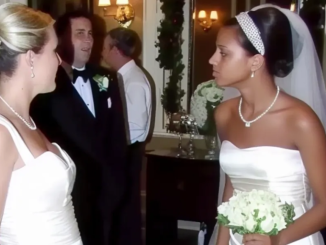
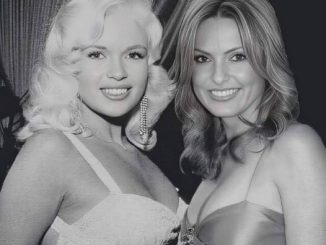
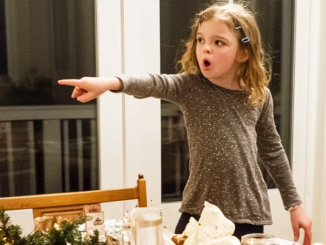
Leave a Reply